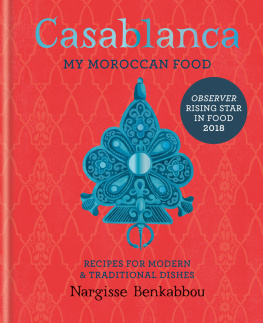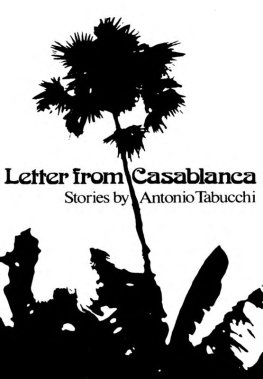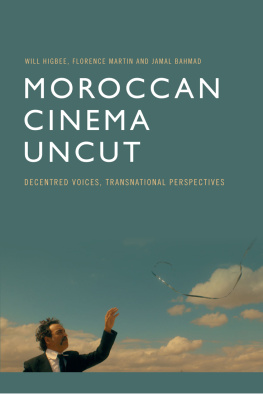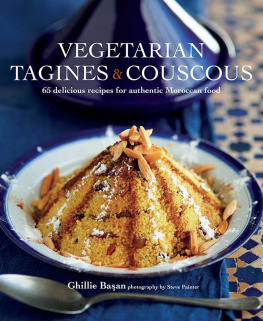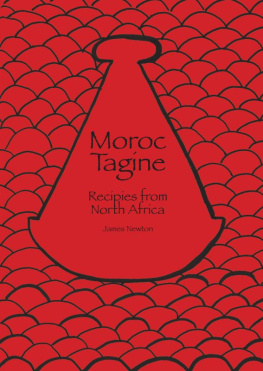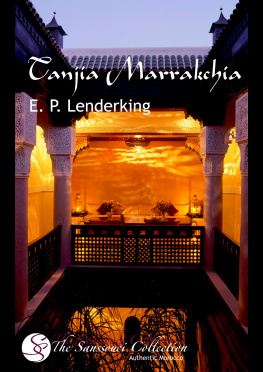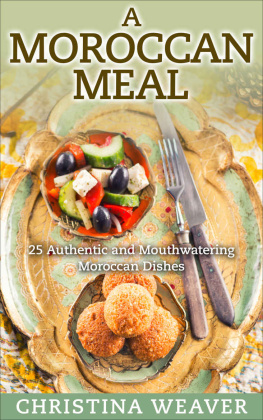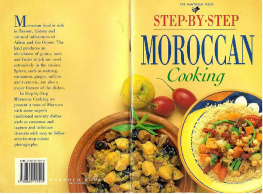Contents
Guide
How to use this Ebook
Select one of the chapters from the and you will be taken to a list of all the recipes covered in that chapter.
Alternatively, jump to the to browse recipes by ingredient.
Look out for linked text (which is in blue) throughout the ebook that you can select to help you navigate between related recipes.
You can double tap images and tables to increase their size. To return to the original view, just tap the cross in the top left-hand corner of the screen.
Contents
Introduction
I was born in Brussels to Moroccan parents who are unshakeably attached to their culture and have a gigantic love for food, and although they valued raising my brothers and me in Belgium, they naturally also wanted us to stay connected to our cultural roots. So they used their great shared love for food to do just that. It was an obvious choice for them, since in Morocco food is at the centre of all social events and celebrations, and eating is regarded as a sacred activity that brings family and friends together.
My love for food and all things Moroccan started at a young age. I grew up very close to my mum and I used to take great pleasure in trying to replicate everything she did, which involved eating everything she ate. Growing up watching my mum cook and eating her food every day gave me the opportunity to see how a cuisine could be both exceedingly alluring and easy to achieve. I learned that Moroccan cooking generally uses widely accessible rather than exotic ingredients, and straightforward as opposed to complex techniques, yet has the ability to create unique and memorable dishes. Although I have spent the largest part of my life outside of Morocco, I feel inherently connected to my country, its warmth, generosity, culture and rituals. I am charmed and deeply touched by the high esteem in which Moroccans hold their customs at a time when the Kingdom is rapidly changing, adjusting to modernity and opening its doors to the rest of the world.
But Moroccan food is more than the food of my childhood. Its the food that I cook and eat constantly. And its also a precious heritage that was passed on to me. I feel its my duty to make Moroccan cuisine more accessible and I decided to start my blog, My Moroccan Food, to encourage others to bring Moroccan flavours into their kitchen, and to reach out to as many people as I could. This cookbook is a warm-hearted and passionate extension of my blog posts.
While I adore my tagines, its crucial for me to introduce you to a whole range of Moroccan dishes that may not be as popular but are just as full of flavour and convenient to prepare. I also love mixing Moroccan flavours with Western dishes; I think fusion food reflects the world and age we live in, and I find it immensely comforting and incredibly tasty.
For me, Moroccan food is like its country, a place of contrasts where past and future coexist and are undeniably intertwined, and the Moroccan city that perfectly embodies this intriguing blend of modern and traditional is Casablanca. I like to believe that the food in this Casablancacookbook is similar in essence to Casablanca the place: immediately attractive and varied, where we embrace innovation yet take the opportunity to glorify our customs. Some of the recipes in this book are very traditional, while others are the result of my fusion experiments an honest combination of tradition and modernity, where old meets new. Either way, every single recipe made my taste buds tingle and my stomach joyful.


ESSENTIALS
Ras el hanout
Ras el hanout, is a versatile and beautifully fragrant Moroccan blend of spices commonly used in Moroccan cuisine. The origin of this flavoursome spice mix dates back many centuries ago, but we can understand its nature by simply translating its name from the Arabic ras el hanout, meaning top of the shop, which indicates that the spices used for the blend are the finest available in the merchants shop. The most common traditional Moroccan dish that puts ras el hanout to perfect use is , a luscious tagine of lamb cooked in a thick sweet and savoury sauce made from onions, honey, raisins, cinnamon and saffron.
One of the reasons I am obsessed with ras el hanout is because it simply never disappoints me. It literally goes with everything, giving a delicious and aromatic Moroccan kick to any dish. Remarkably, ras el hanout also works amazingly well with some of my favourite baked goods such as my , and I sometimes like to add a teaspoon of ras el hanout to my basic buttercream frosting to bring a subtle Moroccan aroma to my cakes. Ras el hanout certainly has a je ne sais quoithat makes all the difference!

